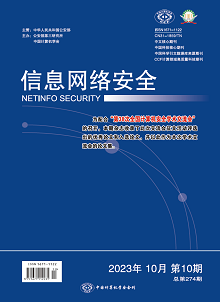Due to the deep integration and development of BeiDou navigation technology and mass consumer applications, the importance of location information has become increasingly prominent, but most applications have not fully protected the location information. The traditional Cryptography solutions with high computational complexity cannot be directly used in the resource constrained BeiDou navigation application environment, and the software execution environment of the terminal is not safe. This article was based on a dedicated BeiDou navigation chip, which utilized cryptographic and communication modules to achieve a lightweight end-to-cloud trusted transmission mechanism for location information within the chip. The mechanism protected the authenticity, integrity, and confidentiality of location information during transmission based on the TLS (Transport Layer Security) protocol concept. This solution not only minimizes the use of complex calculations, verification, and certificate management to ensure data processing performance, but also resists attacks such as man in the middle, replay, and denial of service, with a certain degree of security and robustness.

